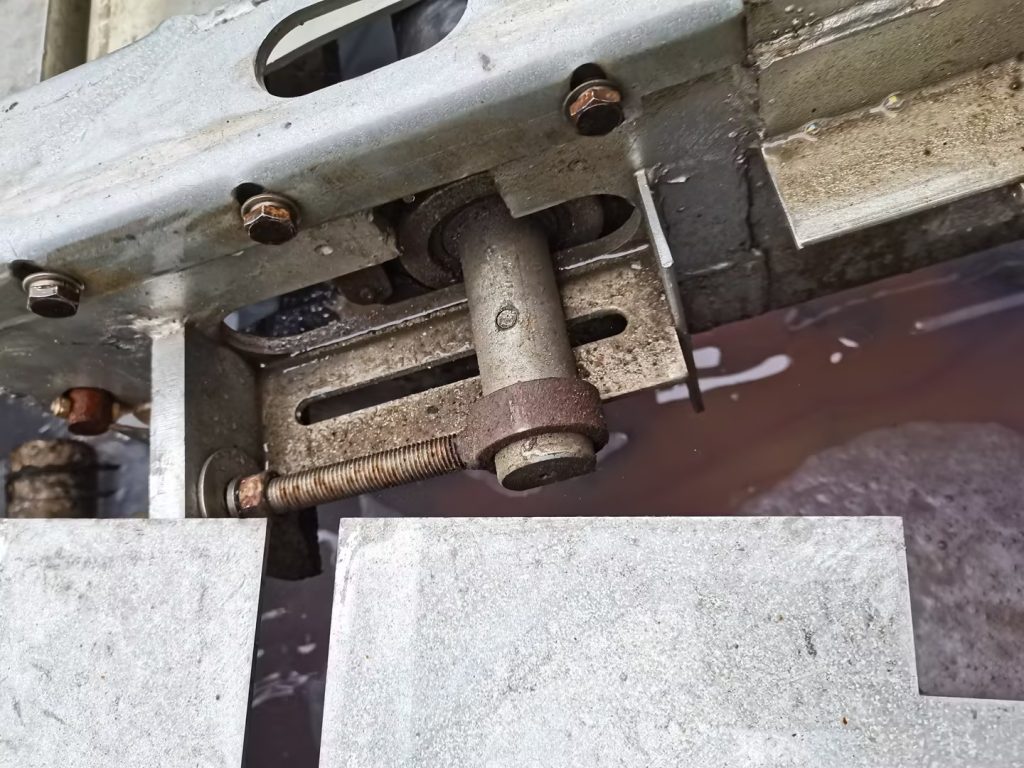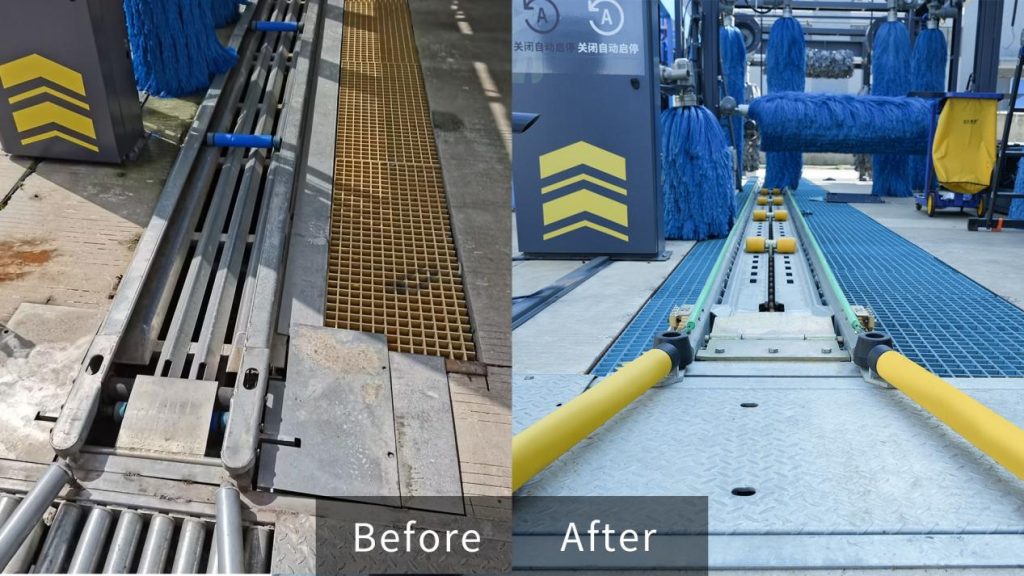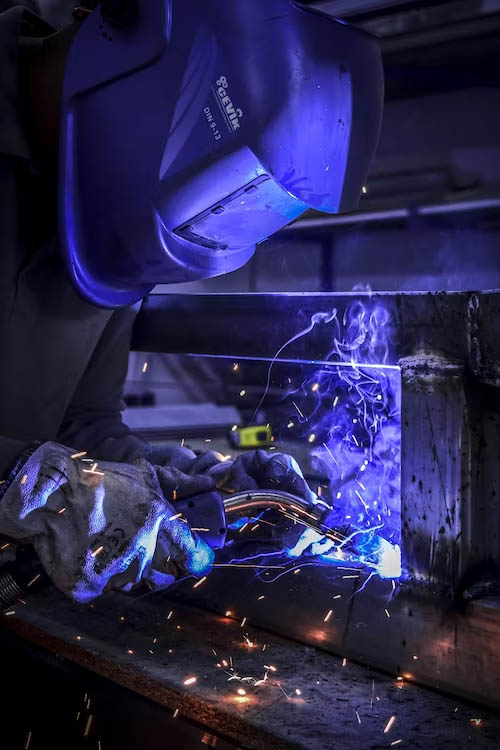In the competitive car wash industry, downtime equals lost revenue. That’s why proactive maintenance isn’t just good practice—it’s essential for business survival. Regular upkeep of your car wash equipment ensures optimal performance, extends equipment lifespan, and ultimately protects your bottom line.
The Hidden Costs of Neglected Maintenance
When equipment fails, the consequences extend far beyond repair costs. Consider these often-overlooked expenses:
- Revenue loss during downtime
- Emergency repair premiums
- Decreased wash quality leading to customer dissatisfaction
- Shortened equipment lifespan requiring premature replacement
- Higher utility costs from inefficient operation
Even minor issues can spiral into major problems when left unaddressed. That worn belt might seem insignificant today, but tomorrow it could cause a catastrophic system failure.

Developing a Preventive Maintenance Schedule
The most successful car wash operators follow structured maintenance programs tailored to their specific equipment. Your maintenance schedule should include:
Daily Checks
- Inspect nozzles for clogs or damage
- Check chemical levels and dilution ratios
- Monitor water pressure and temperature
- Clear debris from conveyor tracks and bay floors
- Test emergency shut-off systems
Weekly Tasks
- Lubricate moving components according to the car wash equipment manufacturer‘s specifications
- Inspect belts and chains for proper tension and wear
- Clean solution filters and screens
- Check electrical connections for corrosion
- Verify proper function of all sensors
Monthly Maintenance
- Conduct comprehensive equipment inspections
- Calibrate chemical dispensing systems
- Clean and flush water reclamation systems
- Inspect and clean pumps
- Test and adjust equipment timing sequences

Staff Training: Your First Line of Defense
Your team members are your eyes and ears on the ground. Train them to recognize early warning signs of equipment issues—unusual noises, vibrations, leaks, or performance changes. Establish clear protocols for reporting concerns, and emphasize that small observations can prevent major breakdowns.
Documentation Is Critical
Maintain detailed records of all maintenance activities, including:
- Date of service
- Specific tasks performed
- Parts replaced
- Technician responsible
- Observed issues
- Follow-up actions required
These records not only help track maintenance history but also identify recurring problems that might indicate underlying issues requiring more comprehensive solutions.
Partner with Qualified Service Providers
While your team can handle many maintenance tasks, establish relationships with qualified service technicians who understand your specific equipment. Regular professional service visits complement your daily maintenance efforts and provide expert insights into potential issues before they become problems.
The Technology Advantage
Today’s maintenance management systems can transform your approach to equipment care. Digital platforms allow you to:
- Schedule automated maintenance reminders
- Track service history
- Manage inventory of critical spare parts
- Generate comprehensive maintenance reports
- Analyze performance data to predict potential failures
The Environmental Connection
Properly maintained equipment isn’t just good for business—it’s better for the environment. Well-maintained systems:
- Use water more efficiently
- Consume less electricity
- Require fewer chemicals
- Produce less waste
- Operate more quietly
The Bottom Line
Implementing a comprehensive maintenance program requires investment in time and resources, but the return is substantial. Properly maintained equipment delivers consistent wash quality, operates more efficiently, and lasts significantly longer, contributing to increased profitability.
Remember: The most expensive maintenance is the maintenance you don’t do. Regarding car wash equipment, prevention is the best cure for costly breakdowns and unplanned downtime.



